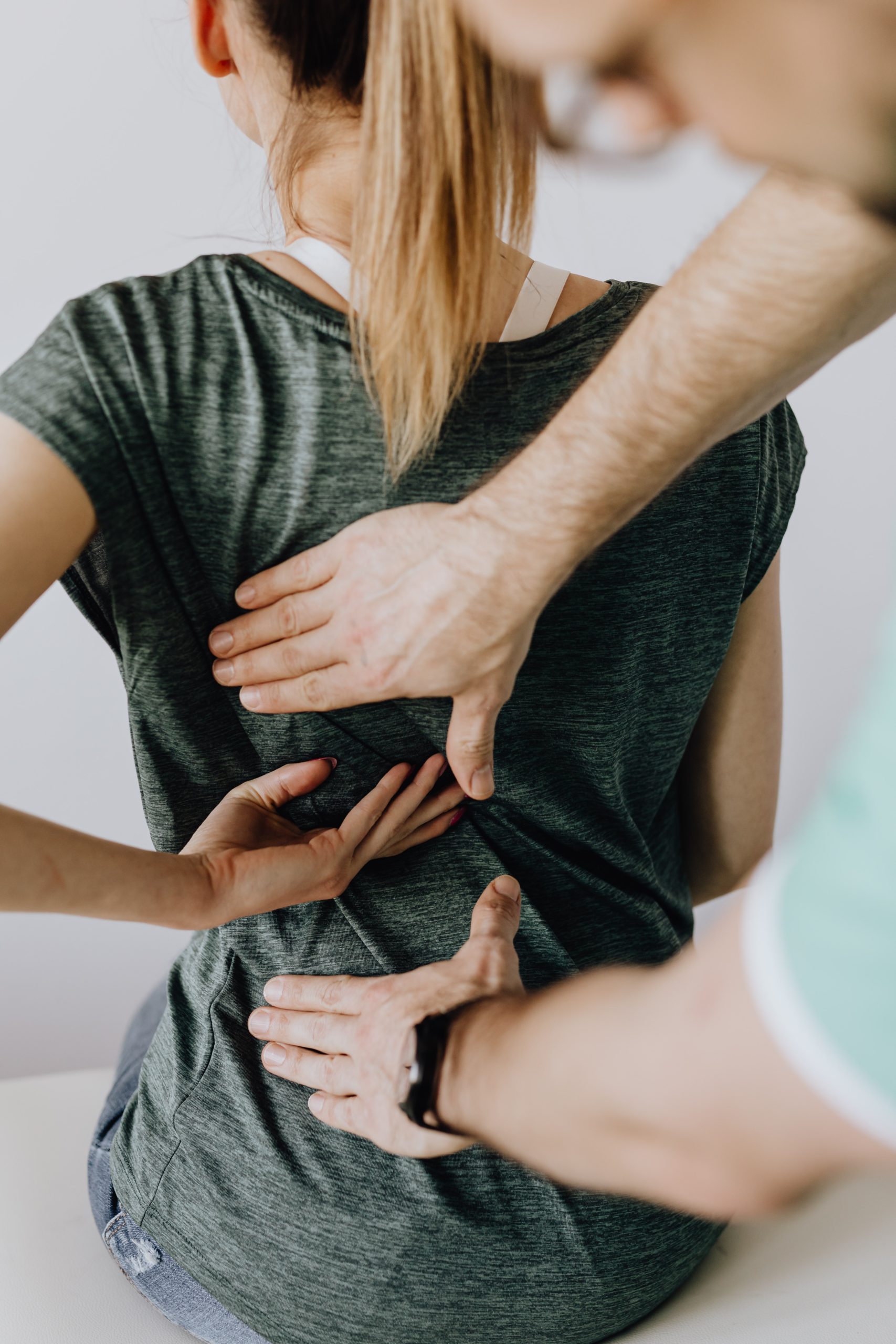
The FDA approved naltrexone as a treatment for opiate and heroin addiction in the 1980s. This drug blocks opioid receptors, stopping heroin and other opioids from latching onto them. Years later, it was discovered that low doses of naltrexone could also benefit several other medical conditions, including chronic pain and auto-immune diseases.
Low-dose naltrexone is typically one-tenth of the dosage used to treat opioid addiction, making it safe and beneficial for treating inflammatory-induced or auto-immune conditions. However, when considering LDN treatment, it is important to note any potential side effects that may come with this drug. If you are interested in learning what the side effects of low-dose naltrexone (LDN) are, Dr. Jacobson can discuss them with you at length during a confidential consultation. Call us at Greenwich Hormones today to schedule your appointment.
Low-dose naltrexone (LDN) has been shown to help regulate dysfunctional immune systems and induce anti-inflammatory effects. When used at these lower dosages, naltrexone presents a paradoxical impact on opioid receptors, meaning it has the opposite effect. LDN tricks the brain into releasing more endogenous opioids, but naltrexone binds to opioid receptors rather than endogenous opioids.
LDN also has a short half-life of between four and six hours, so its binding effect wears off quickly. This duration is long enough to enhance levels of naturally occurring opioids for 18–24 hours. Therefore, the body tries to counteract the binding by releasing more endogenous opioids, which are natural pain relievers.
Additionally, LDN has anti-inflammatory effects by regulating microglial cells, which play a crucial role in nerve and general inflammation. Activation of microglial cells leads to the production of pro-inflammatory cytokines, nitric oxygen, and free radicals, which are linked to fatigue, pain, and inflammation. LDN blocks Toll-like receptor-4 (TLR-4), stopping the activation of microglial cells.
There are many potential benefits of LDN outside of treating opiate and heroin addictions. This drug can relieve pain and inflammation and help treat auto-immune and inflammation-induced illnesses.
LDN is relatively inexpensive, which is fortunate because insurance companies do not cover LDN costs. Unlike other anti-abuse medications, there has not been misuse, abuse, tolerance, severe side effects, or dependence on low-dose naltrexone (LDN). Therefore, you will not experience withdrawal if you stop LDN therapy.
Low-dose naltrexone (LDN) has mild side effects, with the most commonly reported being vivid dreams during the first one to two weeks of treatment. Other side effects include anxiety, dizziness, fatigue, insomnia, headaches, diarrhea, and constipation. Fortunately, these symptoms have not been shown to last for extended periods of time.
A study of patients with fibromyalgia revealed that vivid dreams were by far the most common side effect of LDN, with nearly 37 percent of the participants experiencing them, and a minority of cases reporting nightmares. These dreams develop quickly after taking the first dose and decrease over time, but they do not significantly disrupt normal sleep patterns. In fact, the study noted that increased vividness of dreams was a reported side effect during the placebo; thus, some cases might be due to expectancy.
An increased frequency of headaches when taking LDN was also reported, but spontaneous headaches are common among patients with fibromyalgia and regularly appeared in all phases of the clinical trials. LDN can still precipitate opioid withdrawal, so you should not take any opioid pain-relieving drugs while taking naltrexone. You should wait at least seven days after taking your last dose of short-acting opioids or 10–14 days after taking your last dose of long-acting opioids before commencing naltrexone.
If you suffer from chronic pain, LDN could be the solution you have been searching for. Do not hesitate to contact our office today to schedule your consultation with Dr. Jacobson, where you can learn more about the side effects of low-dose naltrexone (LDN). Dr. Jacobson is a board member of the LDN Research Trust and a leading expert in LDN therapy, with plenty of experience helping those who suffer from auto-immune diseases and inflammation.